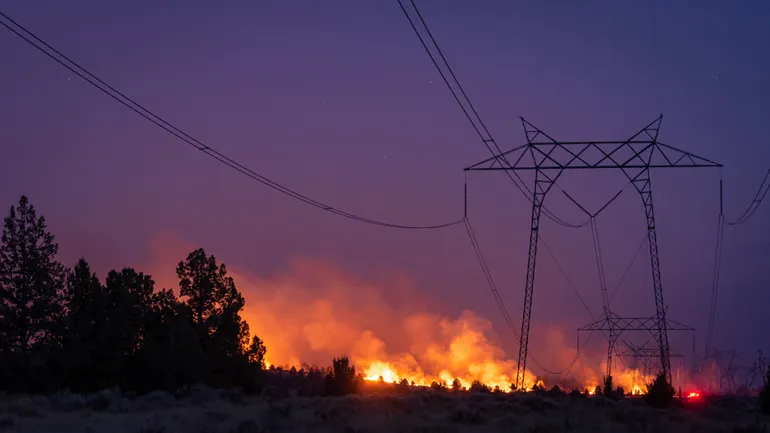Climber
Well-known member
Well, large swaths of reconstruction are going to be new constuction, so the time is right to bury those lines.
FEMA and their contractors came and went but it most certainly wasn't "done" in a year.GAJ- FEMA says 6 months to clean burned sites which sounds way too optimistic.
You are in Santa Rosa. Is that work even done yet? Fires in our area were post those in yours. Nowhere near 'cleaned' here.
Six months? Not based on the LA carnage I've seen in the media.
Yep, and that is why cities require it with new construction or significant remodels.This is only really feasible with new construction. SF tried doing it in the 90s and while they managed to underground a few blocks, it got too costly.
The irony being, this leads to undergrounding lines only in places where there is no more fuel.Well, large swaths of reconstruction are going to be new constuction, so the time is right to bury those lines.

Yeah but, maybe now PG&E can defer maintenance for another 25 years and not torch multiple cities in the process?The irony being, this leads to undergrounding lines only in places where there is no more fuel.
Yes, it is ironic, but the vegetation will come back.The irony being, this leads to undergrounding lines only in places where there is no more fuel.
But, in 15 plus years, when the native vegetation has grown back, the lines will still be buried and there will be lower risk of fires.
That is something relatively new at least for PGE; planned power outages.Where the fires are starting, in the back country, undergronding lines is near impossible in any great capacity.
What are the limiting factors to make it near impossible?Where the fires are starting, in the back country, undergronding lines is near impossible in any great capacity.

- Moving power lines underground can reduce the risk of wildfire ignition by 98%, according to Pacific Gas & Electric, but critics of the practice argue there are cheaper methods such as reconductoring lines in at-risk areas. California utilities say burying their lines can cost from $1.85 million to $6.1 million per mile, depending on the location.
Impractical might be the better word. Areas with bedrock or boulders near the surface would be problematic. Impossible? No. Unaffordable? Yep.What are the limiting factors to make it near impossible?
Newscum, in another grand display of his wisdom, surely will state he will waive the requirement for those digging to call 811 and get it scouted & pre-approved. What could possibly go wrong?Yep, and that is why cities require it with new construction or significant remodels.
City of San Anselmo is one of them.
Since they are rebuilding whole neighborhoods, the opportunity to underground power lines has never been better.
the cost quoted wasn’t for putting up new lines, it was for moving existing overhead lines underground. they are doing that throughout our area. because much of the divide we live on (long strip of land situated between two deep river canyons) is solid granite, they have to trench channels in roads, lay cable and then repave. very expensive. and just as an aside (costs that aren’t necessarily obvious), the poles they are taking out are hazardous waste (creosote soaked logs).Does anybody else think that those figures are intended to elevate their profits?
$6.1 Million seems to be very, very expensive if they have the right equipment, it seems like they're positioning themselves to profit enormously if 'forced' to bury the lines.
What would be useful to the discussion is the cost to put up poles and string the wires, wouldn't the lines be a sizeable portion of the costs?
